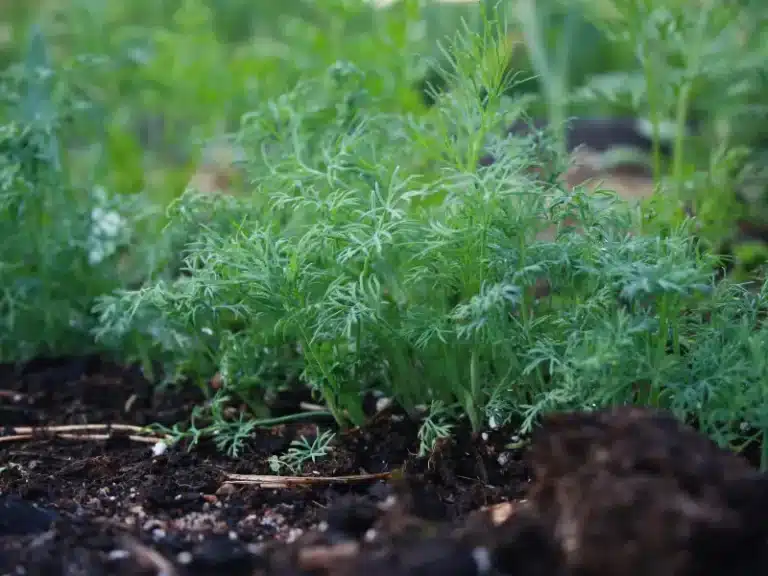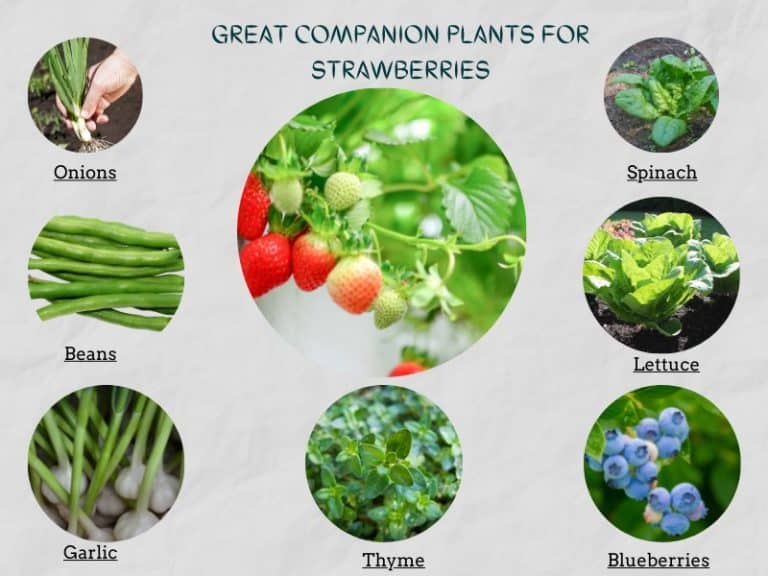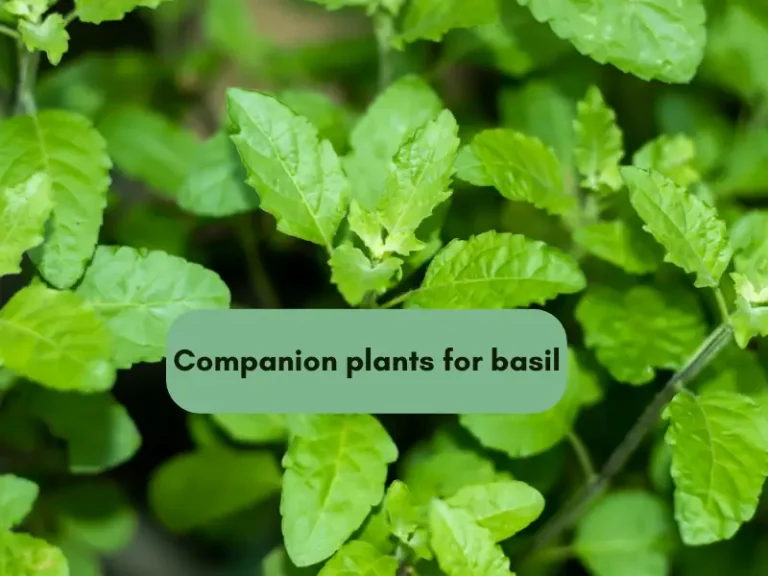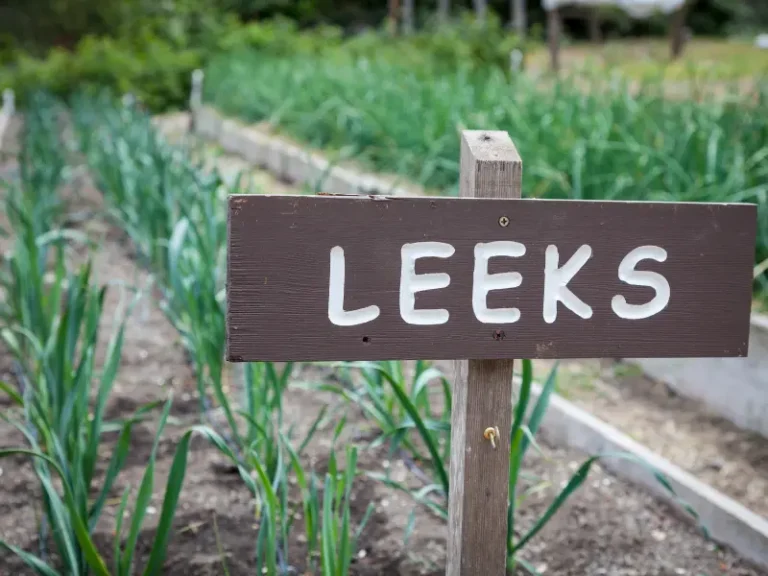Top 10 Artichoke Companions
Artichokes are nutritious vegetables. I plant them in my garden mainly for their flower buds, which we use to add flavor to various sauces and salads.
Since they’re adaptable to many climates across USDA Zones 7 through 11, pairing them with other plants that thrive in these zones is a great way to use your garden space and benefit from the symbiosis.
In a nutshell, you can interplant artichokes with herbs and vegetables including cabbage, tarragon, sunflowers, peas, cucumbers, corn, radishes, rutabaga, asparagus, and cowpeas.
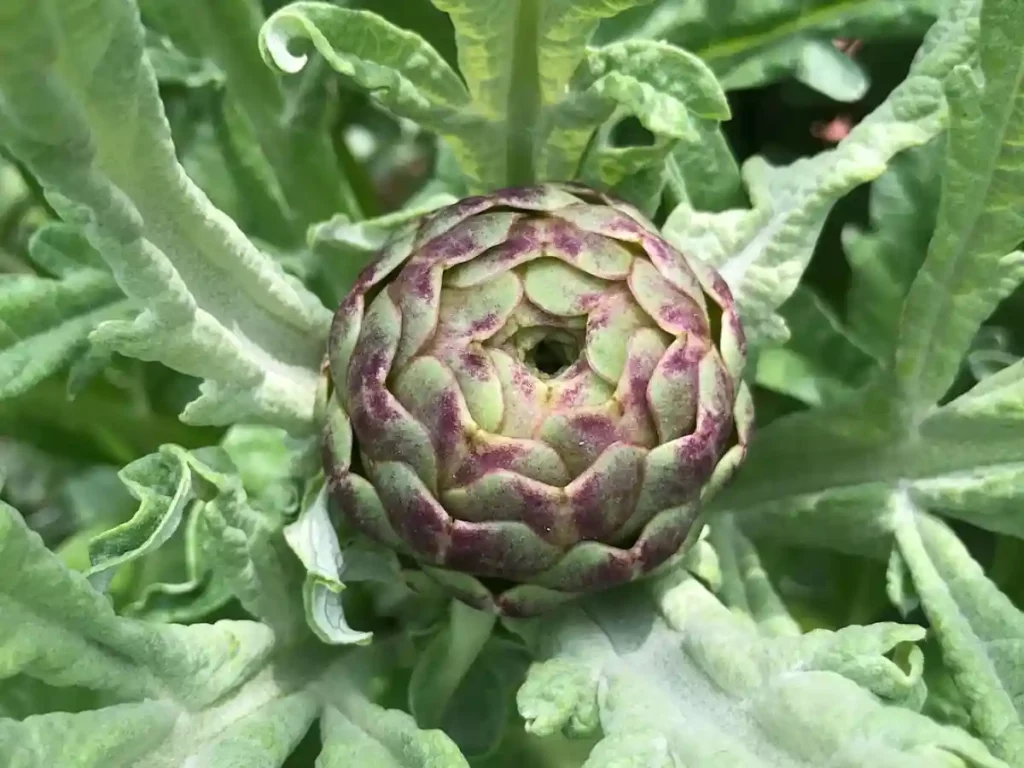
You can interplant these plants for simple yet beneficial reasons – some share the same growth requirements as artichokes, while others benefit the artichokes by enriching the soil or repelling pests.
10 Best Companion Plants for Artichoke
Artichoke pairs well with plants that actively grow at a different time of the season or those that don’t compete with it for nutrients.
Garden plants that add nutrients to the soil are also preferable companions for artichokes.
Here are the best companions for artichokes and why you should pair them in your garden.
1. Cabbages
Cabbages and other brassicas will grow well alongside artichokes, provided the soil contains nutrients. Before inter-planting these two vegetables, feed the soil with compost to make it more fertile.
When pairing cabbages with artichokes, ensure the artichokes are placed at least 1 meter away from the cabbages so that their canopies don’t block the cabbages from accessing sunlight.
Note: Other examples of brassicas that you can successfully pair with artichoke include cauliflower, broccoli, radish, asparagus, collard greens, rutabaga, and arugula.
2. Tarragon
Tarragons aren’t heavy feeders like artichokes and won’t compete with the latter for nutrients. They enrich the flavor of artichokes to a bolder tone when grown close to each other.
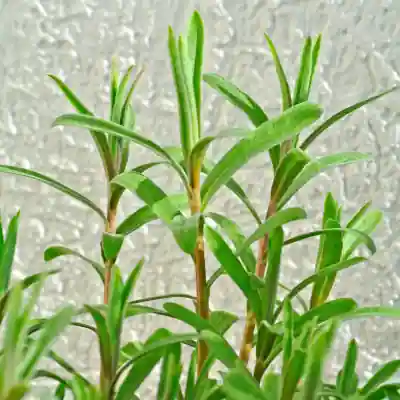
Tarragon is also an effective insect pest repellent. Most garden pests dislike the smell and flavor of this perennial herb, thus keeping them off artichokes that are inter-planted with the tarragons.
Some common artichoke pests you can keep away by pairing with tarragon include plume moths, slugs, snails, thrips, and aphids.
Artichokes and tarragons belong to the same family of plants and have the same environmental requirements. Both can withstand moderately dry soil, though they prefer moist, well-draining soil.
3. Sunflowers
Sunflowers grow tall and provide artichokes with afternoon shade from the sun if planted on the western side of the garden. Scorching summer weather can cause artichoke flower heads to develop into flowers way too early before the flower head is thick enough for harvesting.
To avoid this, pair artichokes with tall-growing sunflowers for partial shading.
Nope: Additionally, sunflowers won’t compete for nutrients with artichokes.
Pairing artichoke with sunflower also boosts the ornamental appeal of your garden. The purple flowers that emerge from the artichoke flowerhead beautifully complement the yellow, orange, and maroon sunflower blooms.
Sunflowers and artichokes have similar growth requirements. Both prefer well-draining soil rich in organic matter so they can grow roots deep into the ground.
4. Peas
For a bumper artichoke harvest, complement these vegetables with peas. Legumes such as peas fix nitrogen into the soil, which nitrogen-loving plants like artichokes hugely benefit from.
Peas also don’t need lots of nitrogen themselves, thus limiting competition with artichokes. Not only will the artichoke harvest be more prominent, but the artichokes will also be more nutritious.
Also, peas have tendrils that can wrap around the artichoke stems, allowing both plants to cohabit and thrive in limited garden spaces.
5. Cucumbers
You can also successfully pair artichokes with cucumbers (Cucumis sativus). The cucumber plants will use the artichokes as trellises to climb and gain exposure to more sunlight. Artichoke stems are robust enough to support the cucumber vines.
Moreover, artichokes and cucumbers have the same growth and care requirements. Both plants require lots of moisture and well-drained, loose soil to flourish.
Learn more about companion planting cucumbers.
6. Corn
Corn typically grows taller than artichoke, providing much-needed shade to the shorter plant during the hottest summer days. The corn leaves also slow down strong winds, which can damage artichokes.
Additionally, after harvesting corn, you can leave the stalks and the leaves in the garden to act as mulch for the perennial artichokes. The mulch will suppress any weeds that would otherwise hinder the proper growth and development of the artichokes. You can add grass clippings to the corn mulching for a thicker mulch layer.
As the artichokes are about to start developing flower buds, remove the corn mulching and replace it with compost.
7. Radishes
Radishes are root vegetables that pair well with artichokes since both plants have similar environmental requirements. They both thrive in moist, well-draining soil and under total sunlight exposure.
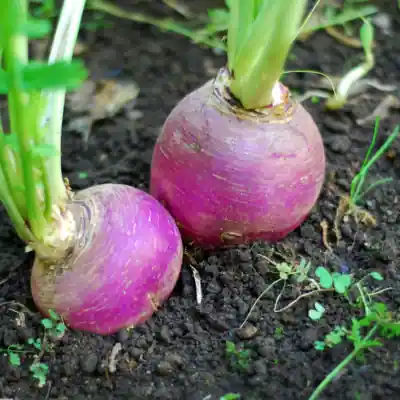
However, radishes are low-growing plants and can struggle due to shading when planted too close to artichokes, which typically grow taller and broader.
Radishes that are shaded by artichoke leaves will yield small root vegetables.
It’s, therefore, best to grow the artichokes as border plants to maintain some distance between them and the radishes.
However, if you wish to mix your radishes and artichokes in the garden, ensure a spacing of at least 3-4 feet between them to prevent shading.
If your vegetable garden is too small, it’s best to avoid pairing these two plants.
8. Rutabaga
Just like cabbages and radishes, rutabagas are another type of brassicas that also pair well with artichokes. This root vegetable makes the list because it doesn’t compete for nutrients with artichoke due to its different growing seasons.

The peak growth period for artichoke is from spring to summer, producing edible flower buds up until fall.
As the artichokes go dormant from fall to winter, rutabagas’ active growth period kicks in, conveniently avoiding competition for resources.
Rutabagas need to grow broad leaves for optimal photosynthesis in the fall and winter months.
Cut back the dormant artichokes near the base to help the rutabaga leaves spread further laterally and develop more extensive edible roots.
9. Asparagus
Artichoke and asparagus form excellent companion plant pairs since their active growth periods occur at different times of the season.
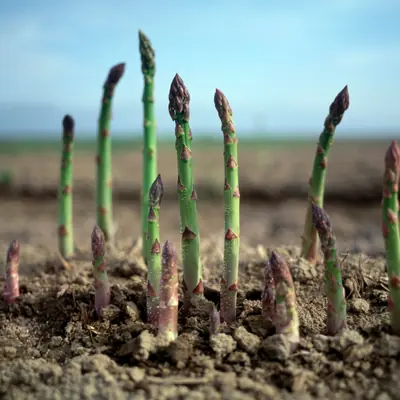
Asparagus is a perennial vegetable that actively grows in the spring, while artichoke flower buds usually don’t appear until deep into the summer.
As such, there is reduced resource competition between the two plants during their peak growth periods.
Learn more about companion planting asparagus.
10. Cowpeas
Cowpeas are leguminous vegetables beneficial to nitrogen-loving artichokes when grown alongside each other. Cowpeas have nodules where rhizobia converts atmospheric nitrogen into usable nitrogen for plants.
Cowpeas grow quickly, and you can harvest edible cowpeas leaves within 14-21 days after planting.
Afterward, you can cut down the cowpea shoots and turn them into the soil, providing much-needed nitrogen for perennial artichokes, which take up to the second season after planting to start producing edible flower buds.
Cowpeas and artichokes both thrive in loamy soil. For cowpeas, such loose soils enable their roots to grow deeper.
Meanwhile, moisture drains well through loose, loamy soil, which is excellent for artichokes since they struggle in saturated soil conditions.
Note: Cowpeas are also excellent groundcover plants that suppress weeds that typically compete with artichokes for nutrients.
11. Tomatoes
I’ve successfully grown tomatoes next to artichokes and the benefits are great. Tomatoes enjoy the wind-breaking shield of tall artichokes as well as the many pollinators they attract. This works great for a bountiful tomato yield.
Be careful, as artichokes can inhibit the growth of tomatoes if you plant them too close. Potatoes, too, will have poor growth if planted too close to artichokes, though they can also benefit as companions in the same garden.
Bad Artichoke Companions
Avoid pairing artichokes with rosemary due to their different water requirements. Artichokes flourish when the soil is constantly moist, though they don’t need much water to thrive.
Rosemary plants, meanwhile, grow best when the ground is left to dry out in between watering sessions.
Note: Other garden plants that prefer arid soil conditions, such as oregano and thyme, are also poor companions for artichokes.
If your garden is tiny, avoid pairing artichokes with shorter plants that only thrive under total sunlight exposure, as the broad artichoke leaves will shade them.
Planting and spacing tips
When looking to pair artichokes with other garden plants, consider the following for higher chances of success:
- Leave a space of 3-4 inches between two artichoke plants or one artichoke plant and a nearby companion plant. Artichokes spread wide, and the leaves can reach 4 feet wide at full maturity, hence the need for proper spacing.
- Artichokes thrive in fertile, well-drained, loose soil. If your garden soil doesn’t meet the above requirements, consider planting the artichokes in large containers with the proper soil mix. You can then place the containers at strategic spots in the garden.
- When pairing artichokes with shorter plants, avoid planting the artichokes on the northern side of the companion plants. The large leaves will cat huge shadows that block the companion plant from sunlight access.
Final words
When pairing plants with artichokes, consider their sun, soil, and water needs. I recommend companions like peas to enrich the soil, or tall plants like sunflowers to provide afternoon shade. The rule of thumb is to avoid aggressive rooters that compete for nutrients and space in the soil.
With mindful companion planting, artichokes thrive well alongside herbs, vegetables, and flowers in a symbiotic garden ecosystem.


